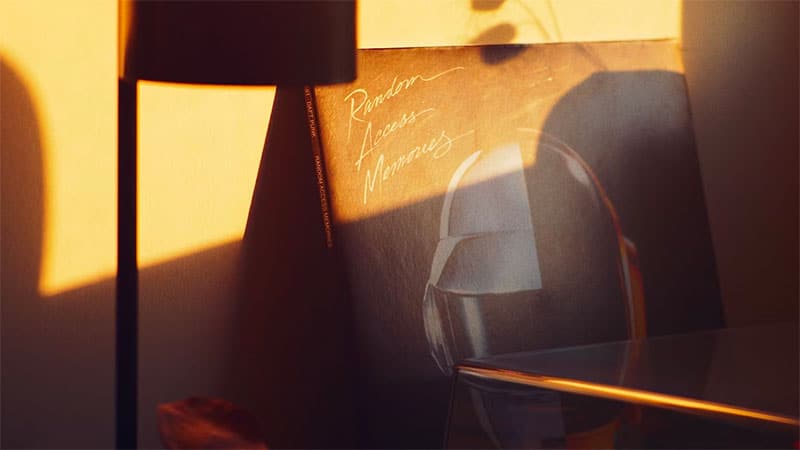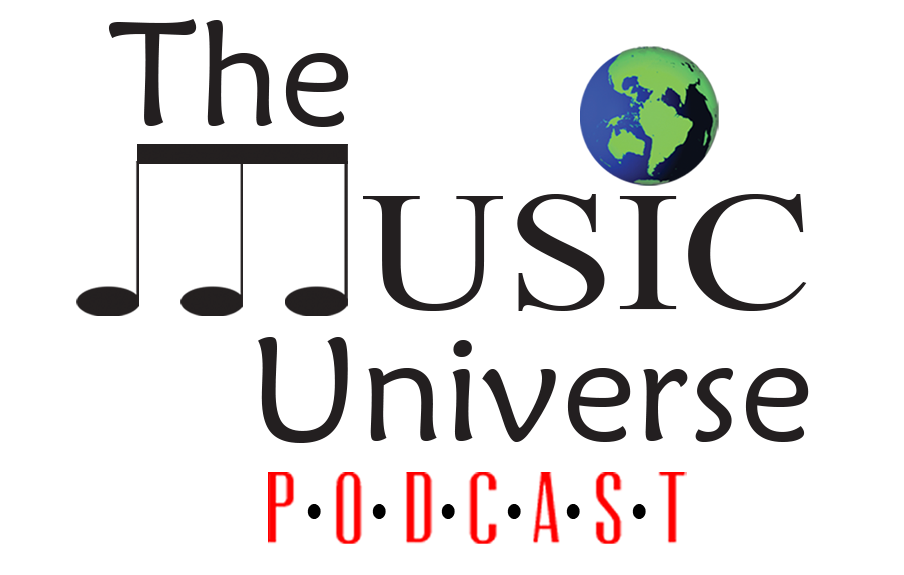Before a song finds its way to your phone, it has already been mixed and mastered by an audio engineer. These are experts whose main job is to optimize the sound on as many devices as possible.
The audio engineer doesn’t know if you will be listening to your music through headphones or speakers. Therefore, they are good at casting a wide area to compensate for most situations. Although the engineer may do all that’s needed to make the music sound just more refined, you may want to make a few improvements on the sound quality to match your preferences. Besides, having faulty headphones, for instance, may require you to do a few simple tweaks to boost the sound quality.
1. Use Presets
Some music applications and software come with a built-in preset. If you want to learn how to EQ, presets can be used as a learning platform. The presets are made by professionals who are good at what they do.
The presets are made based on popular music genres. For example, you are likely to find presets for acoustic, electronic music, Latin music, and classical music, to mention a few. For optimal settings, you can go for a preset you like and then make some minor adjustments. With this, you won’t have to start everything from scratch, as this can take much time when you aren’t sure of what you are doing.
2. Learn to Find the Bad Frequencies
How do you equalize your music? Most music lovers go looking for the best parts of the music and then boost them up. Well, the trick may work wonders for the final results. However, it’s wise to start by eliminating the parts of the track that bother your ears.
You can accomplish this by sweeping through your music to find a noise that’s harsh or conflicts with something else that you like. The part that’s a bother is then cut out.
Eliminating the bad frequencies has its share of benefits compared to when you will choose to boost the parts you find amazing. Remember, when you only boost the parts you find interesting, you will not have eliminated the bad frequencies. This introduces distortion and noise.
You can raise the overall master volume to a pleasing volume when you remove the terrible frequencies and still have a natural-sounding mix.
3. Listen to your Ears
Sound is a very personal experience. Whatever sound your ears may find interesting may not please my ears. Things sound different to each person. So, it’s essential to make better use of your ears when using an equalizer. With a quality piece of headphones, it’s easier to tweak the sound quality until you land on a perfect setting.
4. Learn to add a High-Pass Filter
When it comes to mixing and mastering music, it doesn’t make sense to have anything above 20kHz. Also, it’s hard to hear anything below a specific frequency range unless you have some bass traps or use a fire subwoofer. Therefore, removing the low-frequency range will help if you just cut your EQ curve at around 50 Hz.
5. Know what you are changing
When it comes to using an equalizer, you should first know the basics. Do you want more bass? Are you looking for fewer cymbals? Whatever you want to achieve, you should know the frequency ranges. The equalizer’s chart may not always have every sound effect and instrument ever made, but it’s ideal for guiding you.
Generally, almost all the instruments stick around 10 kHz, except for cymbals and hi-hats, which can go a bit higher. The sub-bass ranges between 20 Hz and 60 Hz. Though it’s hard to hear it, you will physically be able to feel the air being pushed if you have a large enough woofer. The kick drums and guitars fight for space between 60 Hz and 250 Hz.
One of the areas that you should pay attention to when readjusting your equalizer is the range between 250 Hz and 1 kHz. There are a lot of instruments that can be found in this range. Taking your time here can make a song feel muddy while taking a touch away can make the song feel empty.
Understanding the frequency ranges and knowing the instruments’ area makes it easier to make the improvements in detail.
The art of mixing and mastering music isn’t as easy as professionals make it sound. It requires a detailed understanding of how to achieve quality sound. Mentioned in this piece are the top things you must know about using an equalizer properly. By understanding the tips in detail, you will be a few steps to creating a quality sound that your ears will find interesting.



